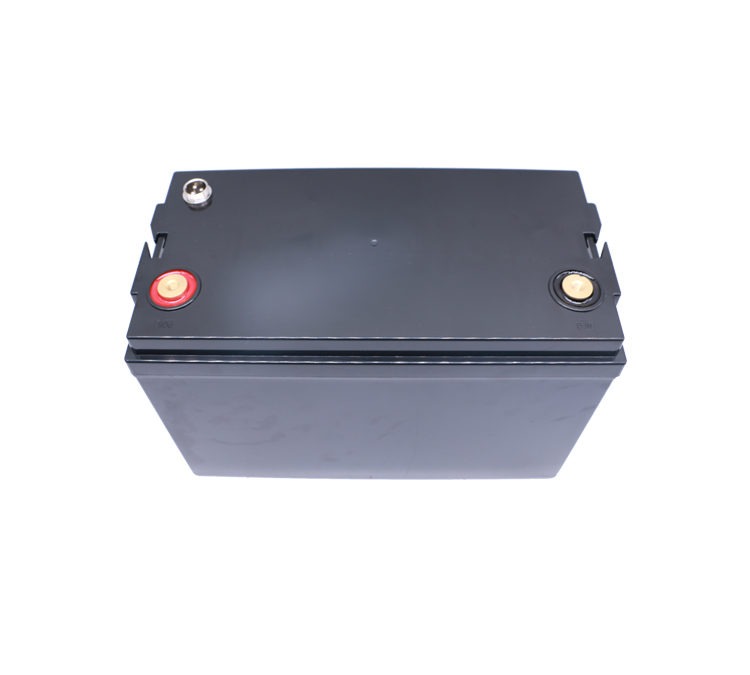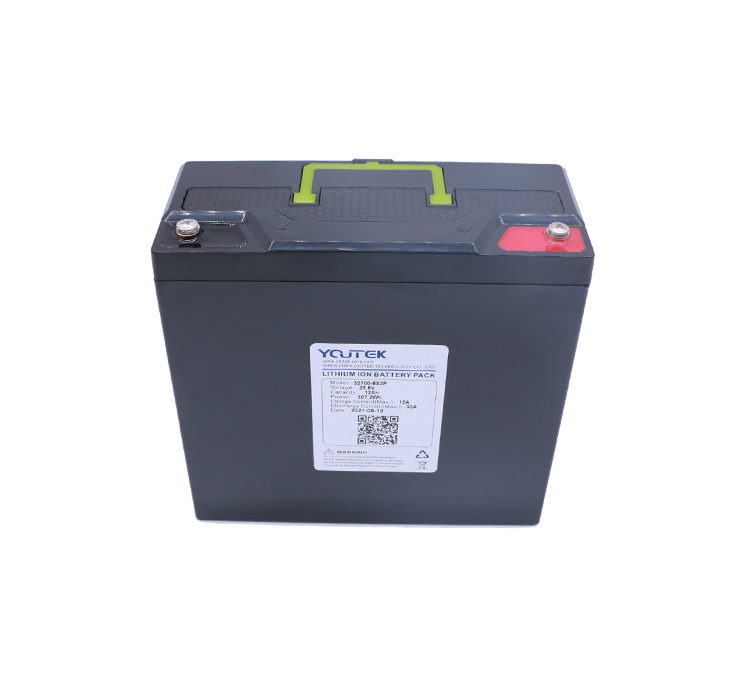
May 10, 2022 | Company News
Car batteries and deep cycle batteries are both lead-acid batteries and they operate with exactly the same chemical processes.
The function of a car battery is to provide a large amount of current in a short period of time. This inrush current is needed to start the engine when the car is started. Once the engine has started, the alternator will provide all the power the car needs, so the car battery will not consume more than 20% of its total capacity over its lifetime. In this way, the car battery can last for several years. In order to obtain a large amount of current, car batteries use thin plates to expand the surface area.
The purpose of the deep cycle battery is to provide a more constant current over a longer period of time. If required, deep cycle batteries are also capable of providing inrush current, but not as powerful as that provided by car batteries. The deep cycle battery also has to be repeatedly deep discharged (which would quickly lead to the end of a car battery). For this reason, deep cycle batteries use thicker plates. Car batteries usually have two ratings.
CCA (cold start amperage) – the number of amps the battery can produce in 30 seconds at zero degrees Celsius
RC (reserve capacity) – the number of minutes it takes for the battery to deliver 25 amps of current while maintaining a voltage above 10.5 volts
Typically, a deep cycle battery has twice or three times the reserve capacity of a car battery but only delivers half or three quarters of the cold start amperage. In addition, deep cycle batteries can withstand hundreds of full discharge/recharge cycles, whereas car batteries cannot be fully discharged.

May 9, 2022 | Company News
What is a 12V 7Ah deep cycle battery, as the name implies in layman’s terms, is that generally the depth of discharge of a 12V 7Ah deep cycle battery is around 60%, but a 12V 7Ah deep cycle battery can be deeply discharged to 80-90%, which can put the battery’s power to a very low level, even so, The battery can be discharged to 80-90% of its capacity.
12V 7Ah deep cycle battery performance characteristics
1、Unique deep cycle design, thick pole plate, and high density active material, longer life in deep cycle applications.
2、Good recovery performance of deep discharge.
3, high capacity and high specific energy.
4, low self-discharge (battery voltage will drop very slowly when stored and placed at high temperatures, the low internal resistance of the battery).
5, good consistency (ideal for solar and UPS use).
12V 7Ah deep cycle UPS battery with small self-discharge, good deep discharge performance, strong charge acceptance, a small difference between upper and lower potential, and large electric capacity. Significantly improved in terms of low temperature start-up capability, charge retention capability, electrolyte retention capability, cycle endurance capability, vibration resistance, temperature change resistance, etc. Stored at 20°C for 2 years at room temperature, it can be put into operation without recharging.
Wide range of adaptable environments. It can be used in the temperature range of -40℃ to 65℃, especially the low temperature performance is good, suitable for the northern alpine region. Good anti-vibration performance can be used safely in various harsh environments. Not restricted by space, can be placed in any direction when used.
Quick and easy to use, as the single UPS battery has a good internal resistance, capacity and float voltage consistency, so there is no need for balanced charging and frequent maintenance.
So what are the main applications for the 12V 7Ah deep cycle battery?
Solar systems, golf carts, electric wheelchairs, floor sweepers, electric forklifts.
How long is the service life of a 12V 7Ah deep cycle battery? What is the general warranty?
One depends on the environment, if the ambient temperature is high, then generally speaking, the life span is reduced by half for every degree of elevation, and the charging conditions, if the battery is often undercharged, the charge is less than the discharge, then it will “break down” very quickly. In addition to the quartz clock, there is also the depth of discharge, for example, each time only released the actual capacity of the battery %, you can cycle more than times, that is, about years, but if each time in the %, then only a year more, % words on about years. General battery production warranty period is in about years, of course, there are also a lot of market warranty periods of years.
How to charge a 12V 7Ah deep cycle battery?
12V 7Ah deep cycle battery charging point method generally has several, generally is the DC charging switch power DC inverter for voltage to the battery for charging and one is the solar panel to charge the battery, 12V 7Ah deep cycle battery, each individual voltage, float voltage, balanced charging (even charging voltage, slow discharge (more than hours to put out) cut-off voltage, fast discharge (within hours after the cut-off voltage, within hours after the cut-off voltage, after the cut-off voltage is reached, then discharge will greatly damage the battery life. Indicates that the battery needs to be replaced Microcomputer control, faster voltage stabilisation and high precision.

May 7, 2022 | Company News
How does the 24V robot caddy battery customization do a good job of safety protection? The 24V robot caddy battery custom is an efficient, portable, lightweight and sufficient high-capacity lithium battery pack designed for mobile machine measuring instruments. The instantaneous current requirement of the robot monitoring instrument is large and the continuous working time requirement of the battery is high.
24V robot caddy battery charge protection
As the material of the lithium battery itself determines that it cannot be overcharged, overdischarged, overcurrent, short-circuit and ultra-high temperature charging and discharging, the lithium battery component will always be followed by an exquisite protection plate to prevent the occurrence of unexpected situations.
24V robot caddy battery temperature protection
When the temperature of the battery itself reaches the range of 70±5°C due to other abnormal problems, the temperature switch will operate for temperature protection and will automatically resume when the temperature drops.
24V robot caddy battery discharge protection
Silicone wire output: The working current of large-capacity Li-ion battery pack is large, so UL3239 18# silicone wire output is used to ensure safe and reliable working with high current, while the softness of silicone wire can be bent at will when using.

May 5, 2022 | Company News
The 24V robot caddy battery is a highly efficient, portable, lightweight and sufficient high-capacity lithium battery pack designed for mobile machine measuring instruments. the instantaneous current requirement of the robot monitoring instrument is large, and the continuous working time requirement of the battery is high. what are the parameters of the 24V robot caddy battery custom battery?
Combination type: ICR18650-2S2P
Nominal voltage: 7.4V Nominal capacity: 4400mAh
Standard continuous discharge current: 0.2C
Maximum continuous discharge current: 1C
Operating temperature: Charging: 0~45℃
Discharge: -20~60℃
Product size: MAX 19.5*69.2*74.3mm
Finished product internal resistance: ≤180mΩ
Protection board: IC-S8232AAF+MOS-AON6400
Wire type: UL1007/18#,wire length 50mm
Protection parameters: Overcharge protection voltage/4.25±0.025V per string
Over discharge protection voltage: 2.4±0.08V
Overcurrent value: 10~15


